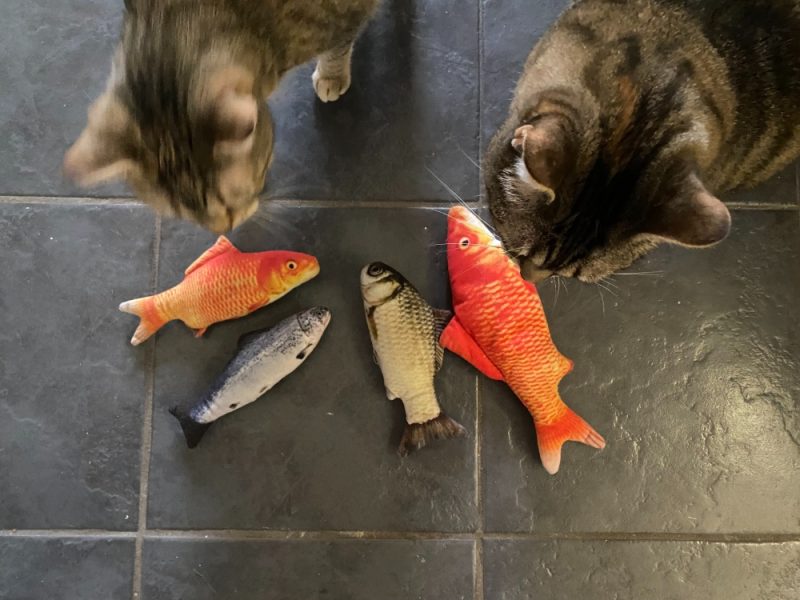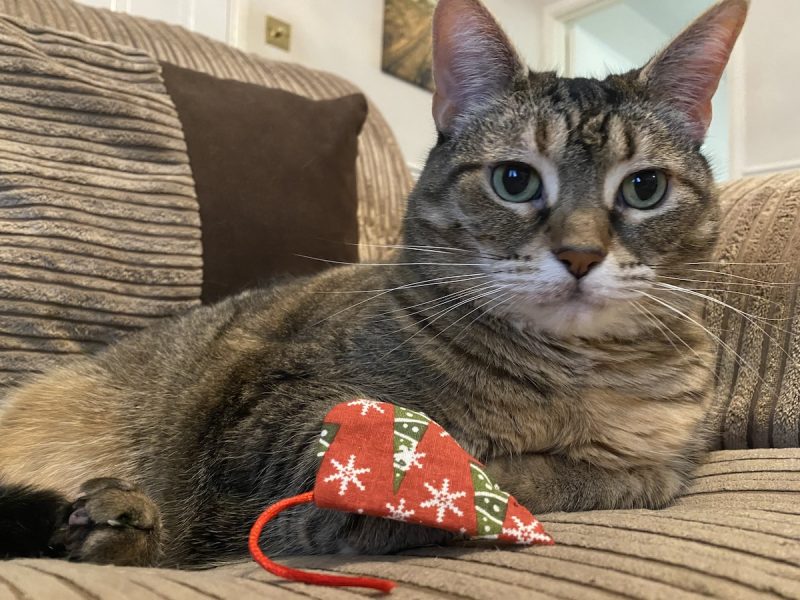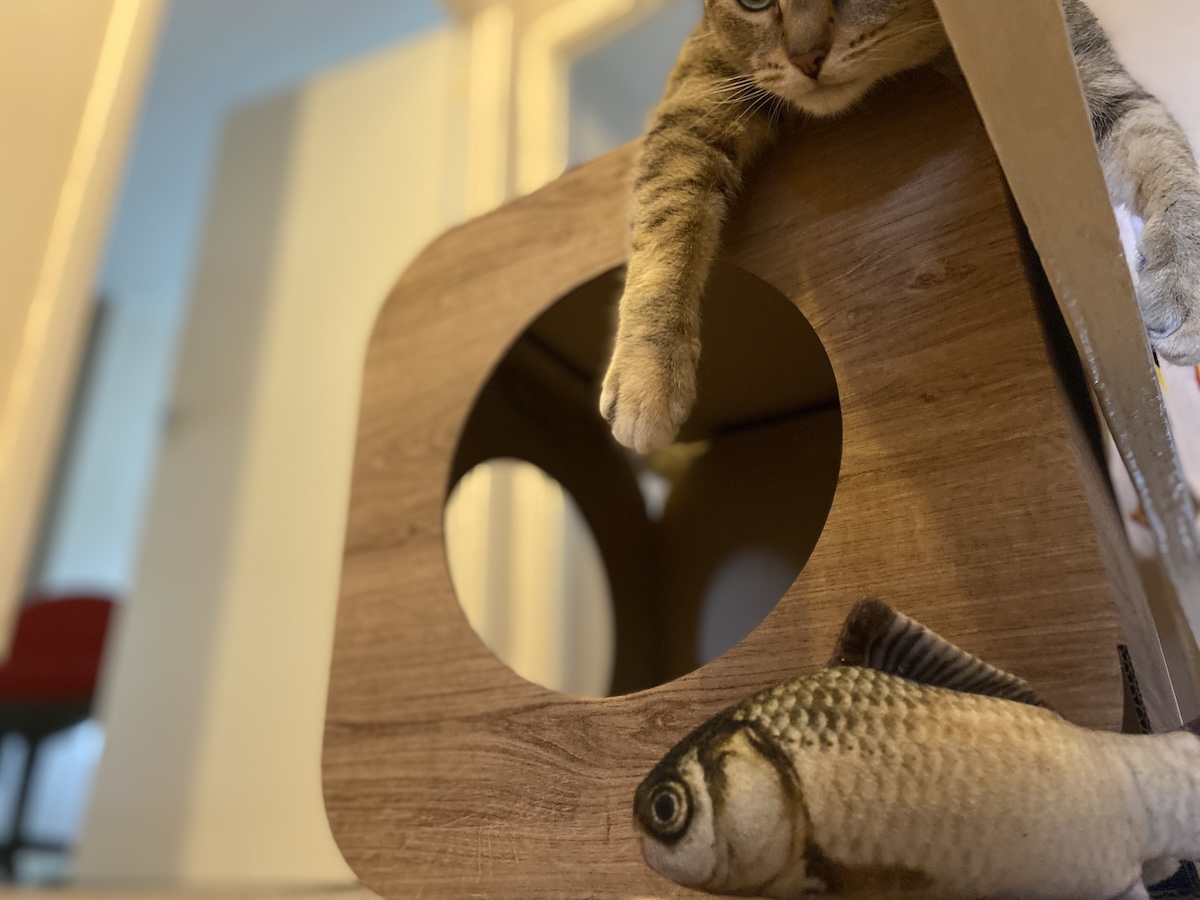[ad_1]
Hi, I’m Dr. Lauren! Read my introduction to learn more about me and my two adventurous cats, Pancake and Tiller.
Unlike dogs, it’s not all that common for cats to eat things they shouldn’t. But just like one of my friends shoved a Lego up their nose as a child to prove it was possible, and ended up in the ER with some very amused docs, cats, also, sometimes do things they shouldn’t.
As a vet, I’ve seen all sorts. A cat that ate a small plastic toy carrot; another that ate the head off a child’s doll (whole), one that swallowed part of a straw, and another that had a small pinecone lodged in his trachea, they can always keep you guessing! But, far and away, there are a few consistent items that Pancake and Tiller either aren’t allowed to be around, or I simply don’t keep them in the house, for the very reason that they commonly show up in clinics as a foreign body.
So, let’s look at some of the more popular items cats eat that they shouldn’t.
The 6 Inappropriate Things Cats Eat:
Thread
Thread, sometimes attached to a needle, is very common as a foreign body in cats. It can get wrapped around the tongue, and become anchored, which can cause lots of issues, as the intestines try to digest the thread, becoming bunched. In turn, the thread can more or less saw through the intestines, creating secondary issues such as infection and inflammation in the abdominal cavity, as intestinal contents leak out. As a vet, I saw one poor patient that had eaten thread 3-4 weeks before I met her, and had been suffering for that length of time with something stuck on her tongue, and the thread damaging her intestines. Ouch!
Fishing Lures
These often include fun feathers, they may seem to the unaware feline to be a perfect toy. But I have seen more cats than I’d care to admit, who have eaten a fish hook as part of the deal, and it’s stuck in their mouth, their tongue, or their cheek.
Human Toys
Human toys. Squishy things that are small like bouncy balls are a feline favorite, and are nicely sized to get stuck right in the small intestine!

Foam
I’ve seen patients chew on foam, including ear plugs, and chewing up bits of a flip-flop. Or maybe some of the scent of these items that spend their time in more unusual places, also adds some irresistibleness?
Hair Ties
Fun to chase but can be easily ingested!
Christmas Tinsel
The perfect holiday cat toy, until they eat it!

What To Do About It
Obviously, cats can, and do, sometimes eat foreign objects other than the above. But, it’s a common list of items to be wary of, and keep well away from curious cats!
So, if your cat does get into any of these, what are the next steps? Well, invariably, they all involve a trip to your cat’s vet! For things like thread, only an anesthetized exam can truly decide if your cat may have string trapped under their tongue. And fishhooks stuck in cats’ mouths also generally need sedation to be properly assessed and removed. A small item may end up passing on its own without intervention, but I still recommend a veterinary checkup, so you can make a plan, together, about any lingering concerns the item may cause.
Ultimately, it’s always better to try and prevent any issues far before they occur! Worst case scenario, your cat may require surgery to remove the ingested item. (Have you seen my article on why cats need pet insurance, recently?)
At the end of the day, we love these furry creatures. But definitely be on the lookout for any items that your cat might get into, or rather, that could end up getting into your cat!
This article is a part of Dr. Lauren, Pancake, and Tiller’s series.
[ad_2]
Source link
